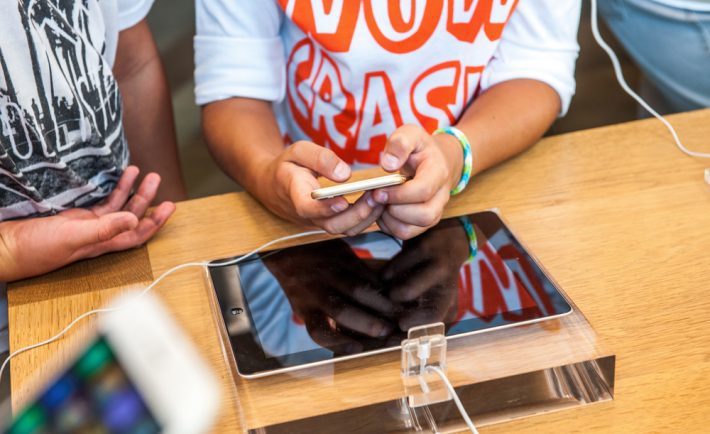
The app store is loaded with a million+ applications that promise fun, utility, and ways to better your life or social media accounts. Since it can be hard to stand out against the pack, you need to test, test, test your mobile app before it’s ready for mass consumption.
Here is a look at ten tips for user testing your new mobile app, as well as some pros and cons that come with the territory:
1. Start with a Small Pool
Okay, when you’re testing your app, the first thing you’ll want to figure out is whether or not this works for the people it was intended for. It’s great if you ultimately get a broader audience than that initial target, but you want to make sure your app makes sense for the potential fans—speak to them, and they’ll be your brand evangelists, writing great reviews in the App Store and beyond.
2. Test for Accessibility
This step is crucial. You want to make sure the app works with minimal explanation, as well as understand how potential users move through the various screens. You might choose to record this so you can keep track of things like navigation, what the user’s body language is like while moving through the screen flow, and their thoughts and feelings.
3. Check for Emotional Attachment
Whether you like it or not, people have an emotional reaction to apps. You want users to connect with what you’re selling. If testing in a real-life setting, ask users if they feel rewarded enough to keep coming back.
If not, what could you do differently to get users to open the app again?
Gamification, of course, always helps, but even appealing sounds, animations, and smart messages here and there can add a human element into the mix.
4. Bug Testing
Ask testers to report the exact issues with your app. While it’s not on anyone but you and any coworkers to fix a bug, you want to pinpoint each error and determine what went wrong. Ask friends, family, and paid testers to document any crashes in detail. It also pays to install a crash reporting tool to help automate the process.
5. Target All OS Platforms
This sounds obvious, but sometimes when you get caught up in testing, while still finalizing code and creating a marketing plan, you forget a key element. Identify all major platforms you plan on supporting iOS, Windows, Android, and make sure you test on each of those thoroughly.
6. Change Up the Screen Size
Designing for all screen sizes is a big challenge. The app needs to work with tablets, Androids, iPhones, and maybe desktops and perform consistently across off of those screens. If users notice the app bleeds out of the frame, they are not going to keep opening the app.

7. What Happens When the Internet Connection Goes Out?
Cell signals aren’t as reliable as we hoped they’d be by 2018, no big deal. But, you want to know what happens to your app when it passes through dreaded dead zones.
While it might be a small inconvenience for a game to be cut off mid-session, it’s a bigger issue when users are in the middle of completing a form or processing a payment. If that’s the case, be sure you’ve added a friendly message, explaining what happened to the user.
8. Use Real Device Testing
Skip the emulator. Mobile device management gives you a better sense of the customer experience. You want to know what the end consumer is actually dealing with, right?
9. Make Sure the App Works With the Phone, As a Whole
A mobile phone still needs to function properly when your app is in play. Don’t jeopardize your users’ systems by causing problems for other apps, taking up excessive space, or guzzling battery power.
10. Test at Every Stage of Development
Don’t wait until every line of code is put into place. You can test your UX design well before things are finalized. The benefit here is, you’ll get invaluable feedback before things feel too permanent, as testers can give you their thoughts early on.




